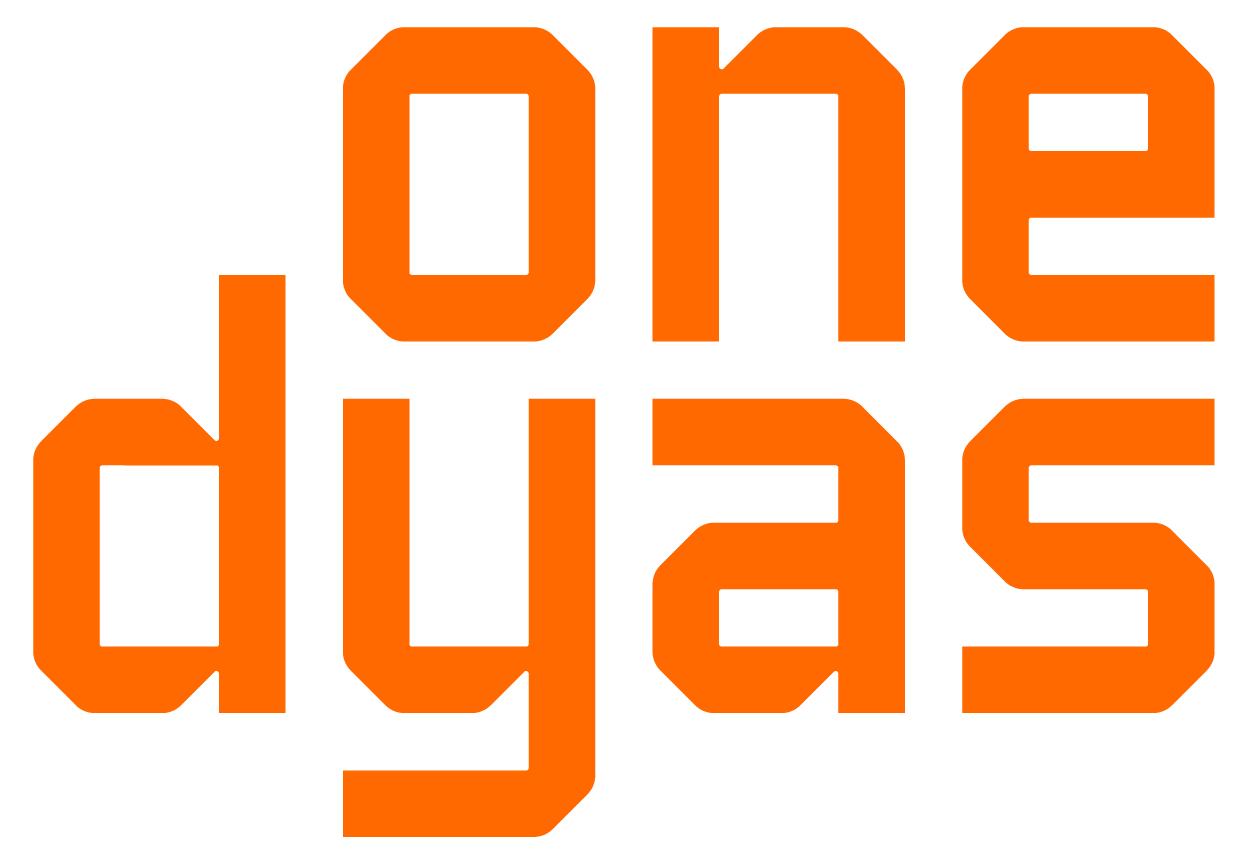GEMS stands for ‘Gateway to the Ems’. The project is located at the mouth of Ems estuary and straddles multiple shallow-water licences in the Dutch and German sectors of the southern North Sea. At present, the project focuses primarily on the development of field N05-A, located in the North Sea on the border of Netherlands and Germany.
Development
In 2017, ONE-Dyas discovered the N05-A field. The North Sea is around twenty-five metres deep at this point, with the gas field around four kilometres below the subsurface.
Three more discoveries were subsequently made in the GEMS area: N07-B, N04-A, and N04-C in 2018, 2021 and 2022 respectively. Several other possible gas fields are awaiting appraisal or discovery.
In August 2022, ONE-Dyas, together with project partners Hansa Hydrocarbons, Dutch state gas company EBN, and Neptune Energy, took the investment decision to develop N05-A.
A new production and processing platform is currently under construction at the HSM yards in Schiedam. The platform will be installed in the Dutch part of the North Sea, with a new 15km pipeline connecting it to the existing Noordgastransport (NGT) pipeline network for delivery to customers in the Netherlands and Germany.
First gas is planned in the winter of 2024-2025.
The context
ONE-Dyas is committed to the Paris goals of a CO2-neutral energy supply by 2050. Currently only 10% of the Dutch demand is supplied by renewable energy generated in the Netherlands. With wind, sun, and biogas unable to meet the country’s requirements, natural gas still has a role to play during the energy transition.
Dutch gas production is both cheaper and cleaner than importing from abroad. It also contributes directly to the economy, while ensuring a more independent energy supply.
The closure of the Groningen field means that it has become more important than ever to explore and produce natural gas from other fields, such as those covered by the GEMS project.
Environmental impact
Powered by the German Riffgat wind farm, platform operations will generate near zero emissions.
In addition, we follow a comprehensive set of safety policies and protocols to drive continuous improvements in every project we undertake – and GEMS is no exception.
We have also been working with German and Dutch stakeholders, such as nature organisations and local authorities, to minimise impact on the local environment – and even explore new opportunities to enhance it.
For example, platforms add a hard substrate that has been shown to have a positive effect on marine life. Once installed, the seabed around the platform remains undisturbed. This can result in a high level of biodiversity on and around the platforms and pipelines, which are effectively transformed into artificial reefs.
The knowledge and insights gained from our discussions have been incorporated into the Environmental Impact Report (MER), which has been available for public consultation as part of the permit applications.
Special considerations
Bringing the N05-A field on stream represents a first step in the GEMS Area development. The N05-A platform has been designed as a hub to accommodate the tie-back of future production from other gas fields: including the N05-A-Noord and Diamant prospect, which can be drilled from the N05-A platform, and the N04-A and N04-C discoveries to the north of N05-A.
More platforms, pipelines and cables will be installed over time as the entire GEMS Area is developed.
